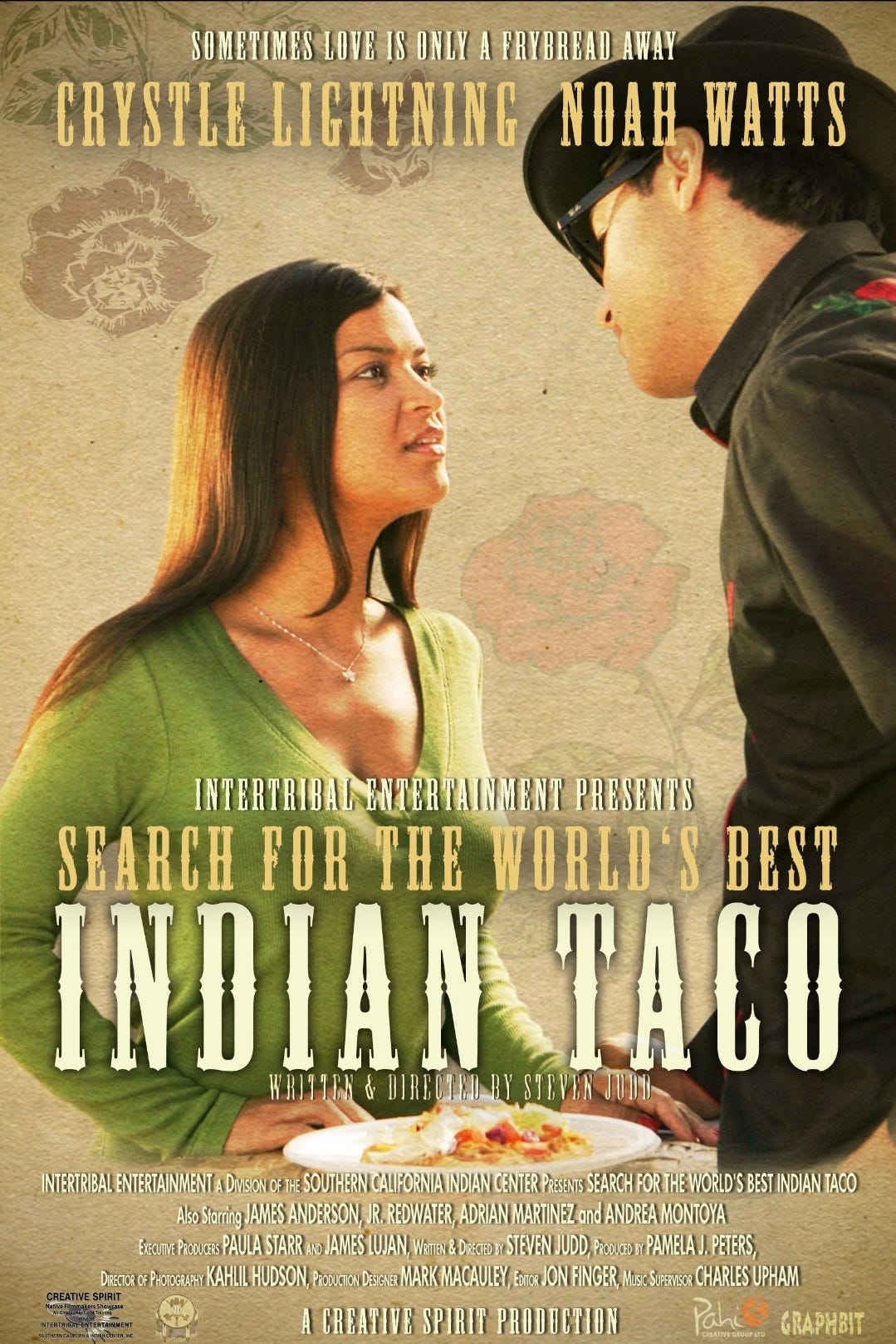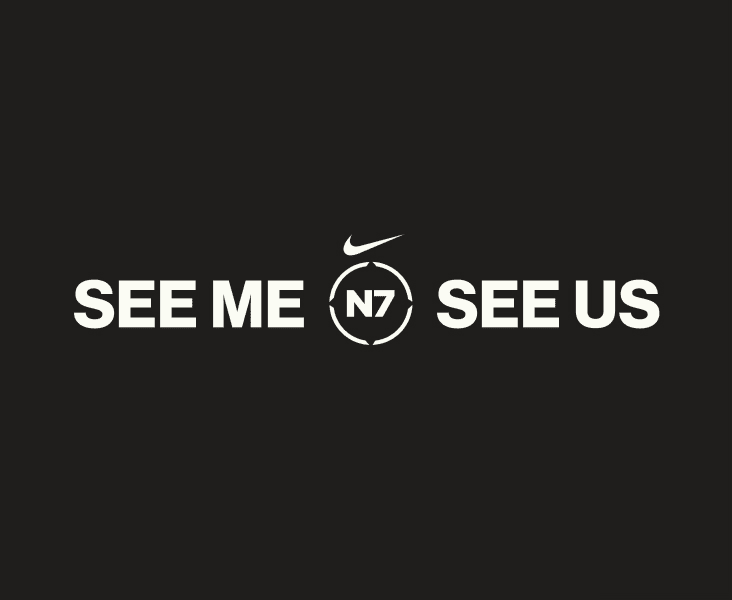Steven Paul Judd, a Kiowa-Choctaw artist from Oklahoma, stands as a prominent figure in the Indigenous pop art movement. Through his work, which spans various media including digital art, painting, and film, Judd creates unique art that merges Indigenous identity with pop culture references. His playful yet powerful approach critiques stereotypes and redefines the narrative surrounding Native Americans in contemporary society. Judd’s art has garnered significant attention not only for its visual appeal but also for its cultural and social critique, which highlights Native resilience and creativity.
Steven Paul Judd was born in Oklahoma and raised in a region rich with Native American history and culture, which profoundly influenced his art. Growing up in the 1970s and 1980s, Judd was immersed in the pop culture of the era, such as comic books, movies, and television. He draws on these experiences to create work that is both humorous and deeply rooted in Indigenous heritage. In a personal statement on his influences, Judd explains that his art is “a blend of where I came from and what I grew up with, honoring both my cultural roots and my love for pop culture” (Judd).
The artist’s upbringing within a Choctaw and Kiowa family gave him access to traditional stories, iconography, and values that often make their way into his work. Judd uses these cultural references to construct art that challenges the limited representations of Native Americans within mainstream media. This is particularly evident in his digital artworks, where he reimagines familiar pop culture icons in a Native context. For example, he has crafted pieces that portray classic superheroes as Indigenous characters, challenging viewers to rethink their own assumptions about heroism and representation (Pember).
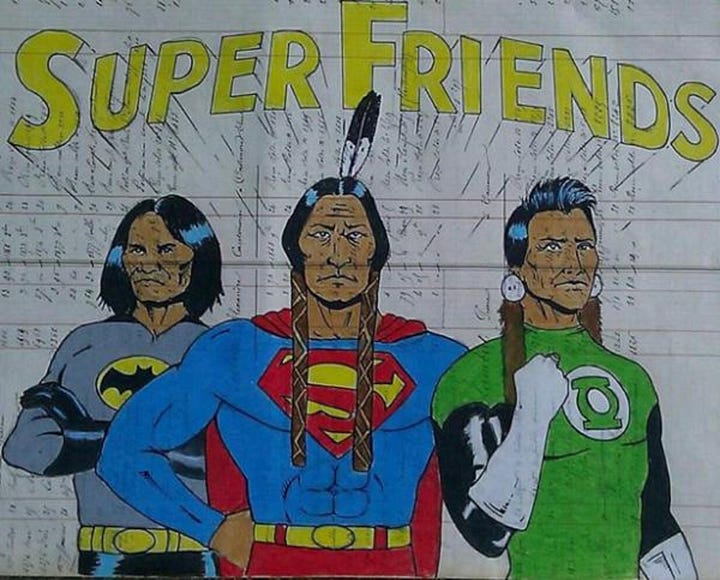
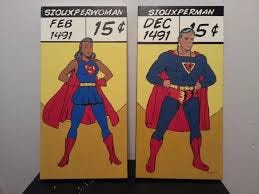
Judd’s style, often described as “Indigenous pop art,” is characterized by its innovative combination of Native American symbolism with elements of pop culture. His work features playful juxtapositions, such as a mash-up of Native figures with familiar icons from movies or comic books, creating imagery that resonates with both Native and non-Native audiences. For example, in his "Native Superhero" series, Judd reimagines popular superheroes as Indigenous characters, complete with traditional regalia. Through this series, he makes a statement about the Indigenous experience within contemporary culture, expressing that Native people can be heroes and icons too ("Native Superheroes").


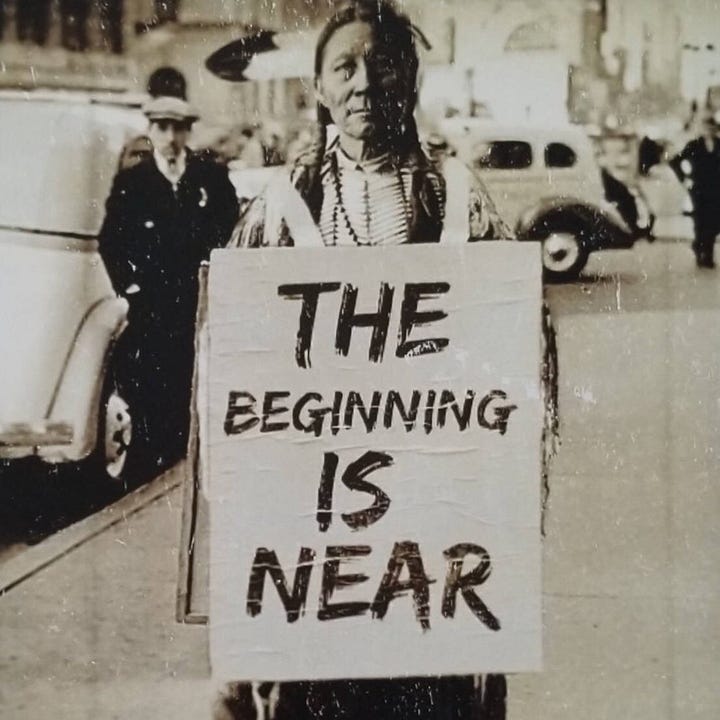
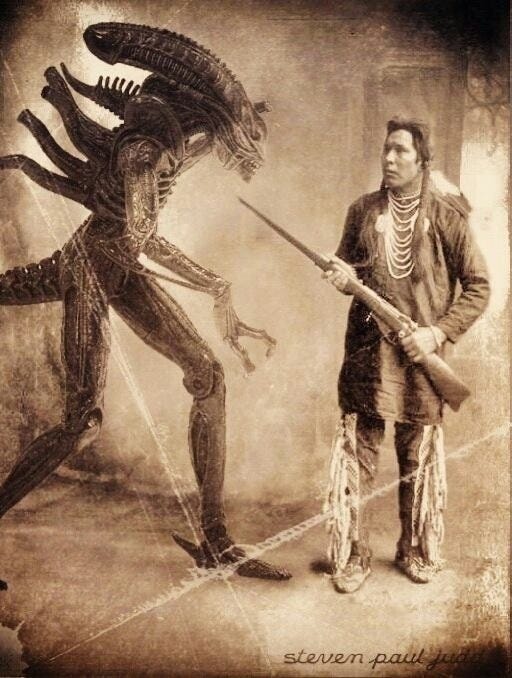
Another notable example is Judd's use of vintage movie posters, which he modifies to place Indigenous figures at the center. These reimagined posters often feature Native American protagonists, replacing typical Hollywood actors and characters, making a statement about Native presence and agency in storytelling. Judd’s aim is not only to entertain but also to prompt reflection on the erasure and misrepresentation of Native people in media (Smithsonian Magazine).
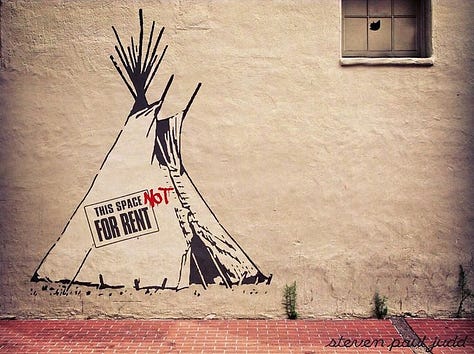
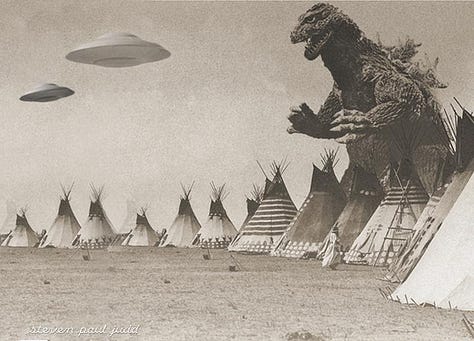
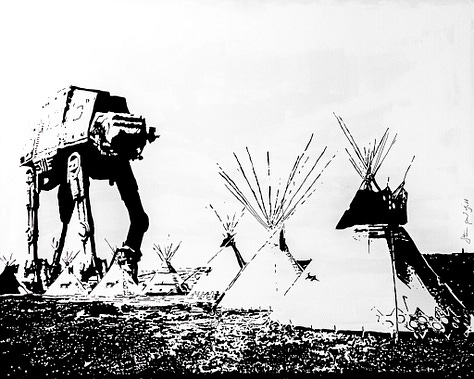
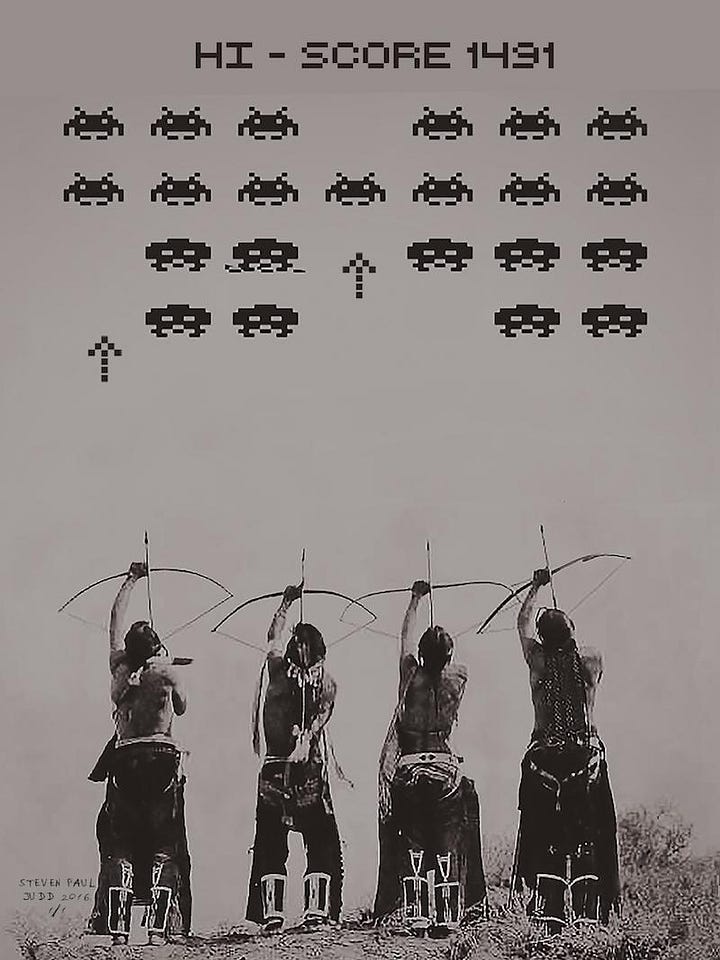

Judd's art is marked by its humor, often serving as both an entry point and a means of critique. His comedic style enables him to address complex issues such as stereotypes, historical injustices, and the contemporary challenges faced by Native communities. In an interview with Indian Country Today, Judd discusses his use of satire as a tool to engage audiences, stating, “Humor helps disarm people. It makes them more open to hearing about difficult subjects” (Indian Country Today). By infusing humor into his art, Judd creates space for critical conversations that might otherwise be uncomfortable for some viewers.
A significant example of Judd's social critique is his piece, The Powwow Committee, a satirical work that depicts Native American figures in a modern office environment, discussing the logistics of organizing a powwow. This piece critiques the corporatization of Indigenous culture, as well as the sometimes contradictory expectations placed on Native people to remain "authentic" while also navigating contemporary society. By combining traditional cultural elements with everyday scenarios, Judd effectively highlights the contradictions Native Americans face in preserving cultural heritage within a modern world ("Art Indigenous Now").
In addition to his visual art, Judd has made significant contributions to Indigenous representation in film and digital media. He directed Search for the World’s Best Indian Taco, a short film that combines humor with cultural commentary, exploring themes of community and tradition through the search for the perfect taco. The film’s lighthearted tone brings Indigenous humor to the forefront, while still emphasizing the importance of cultural connections within Native communities (Metzger). Judd’s filmmaking work extends his mission of increasing Native visibility, often challenging the stereotypes that dominate mainstream depictions of Indigenous people.
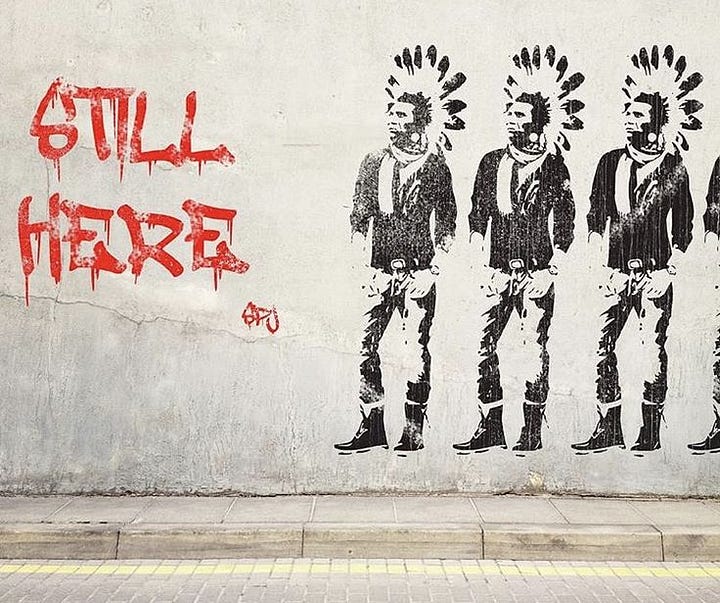
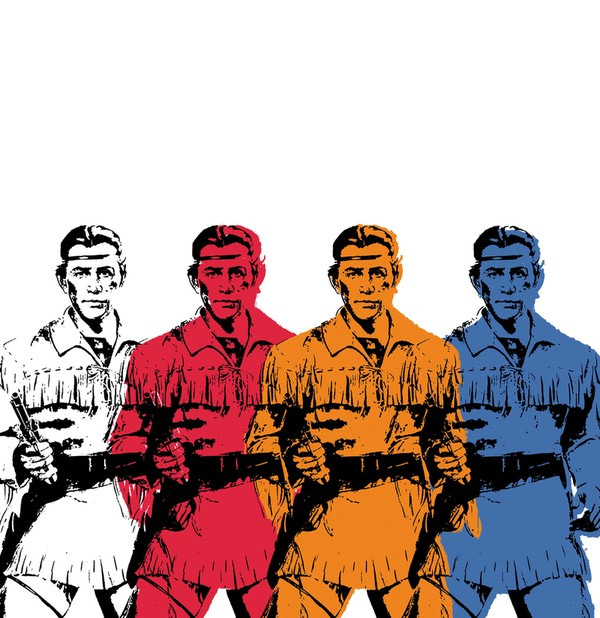
Judd’s digital media presence, particularly on social platforms like Instagram, has allowed him to engage directly with a broad audience. Through social media, he shares not only his artwork but also his views on contemporary Indigenous issues, making his art accessible to Native youth and fostering a sense of community. Judd’s digital presence is a testament to the growing movement of Native artists using online platforms to reclaim narrative control and redefine representation in real time (Nike News).
Judd's work has had a profound impact on the visibility of Indigenous art in contemporary culture. His unique approach has garnered him recognition in both Native and non-Native art communities, making him a role model for young Indigenous artists. By placing Native narratives within familiar pop culture contexts, Judd’s work reaffirms Indigenous identity and presence in a society that often overlooks or misrepresents Native voices.
Moreover, Judd’s advocacy for Native representation in art and media has sparked conversations about the need for authentic Indigenous perspectives within the arts. He has collaborated with initiatives such as Nike’s N7 Fund, which supports Native American communities, and has exhibited his work in notable venues, including the Smithsonian National Museum of the American Indian (Smithsonian Magazine).
Through his art, Steven Paul Judd creates a platform for Indigenous pride, cultural critique, and humor, all while pushing the boundaries of how Native American identity is perceived in contemporary society. His work continues to inspire new generations of Indigenous artists to explore their heritage and to use their art as a means of storytelling and resistance.
References:
Indian Country Today. “Steven Paul Judd: Pop Art with Purpose.” Indian Country Today, www.indiancountrytoday.com.
Judd, Steven Paul. Stealing the Fire: The Art of Steven Paul Judd. Art Indigenous Now, 2021.
Metzger, Dylan. “Search for the World’s Best Indian Taco.” Smithsonian Magazine, www.smithsonianmag.com.
Nike News. “N7 Fund Collaboration with Steven Paul Judd.” Nike News, www.news.nike.com.
Pember, Mary Annette. “Native Superheroes Reimagined by Steven Paul Judd.” Smithsonian Magazine, www.smithsonianmag.com.
Smithsonian Magazine. “Steven Paul Judd’s Humor and Art Challenge Native Stereotypes.” Smithsonian Magazine, www.smithsonianmag.com.






